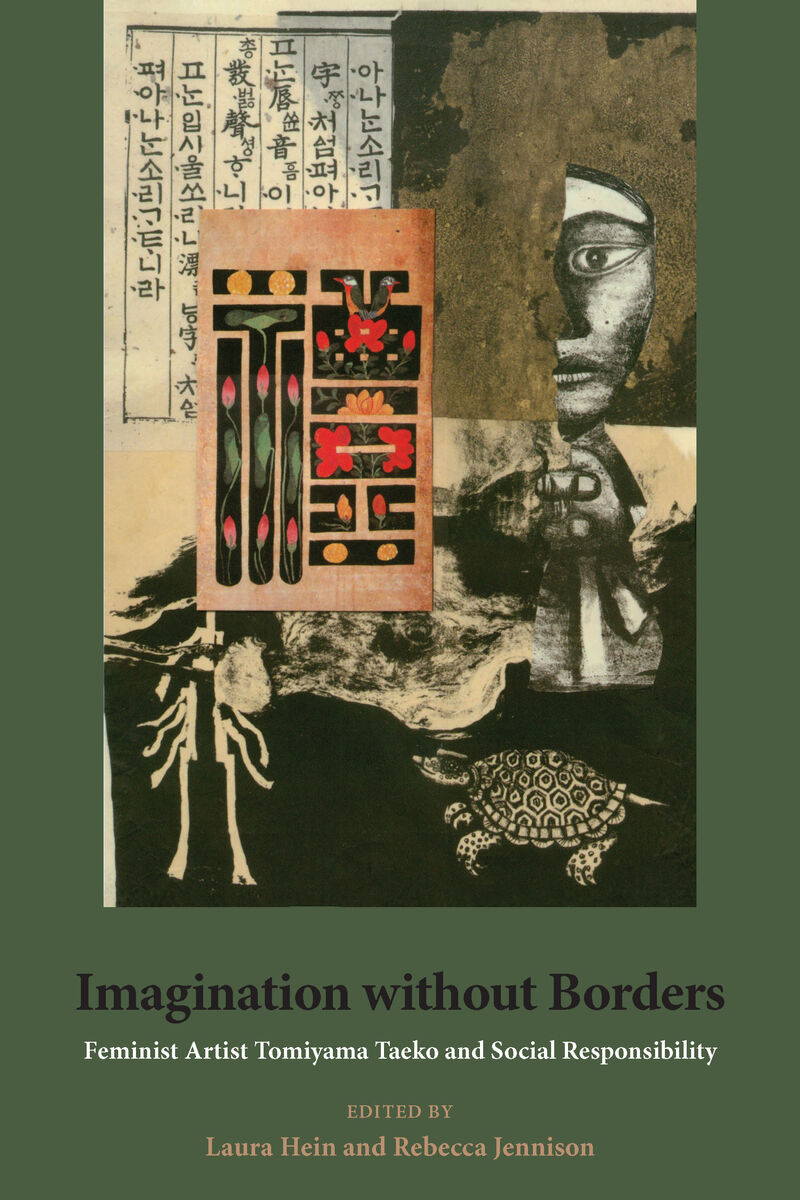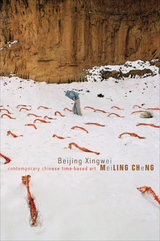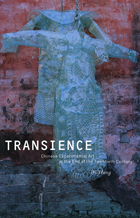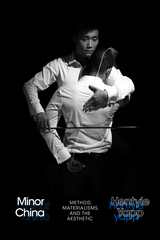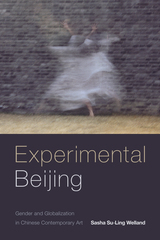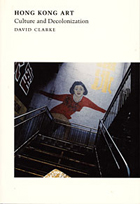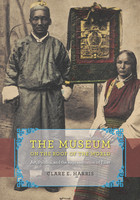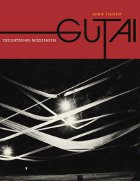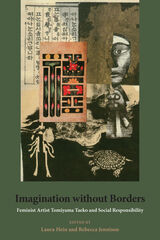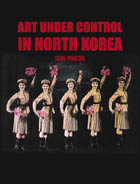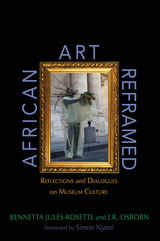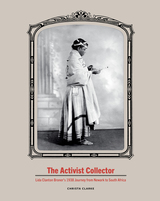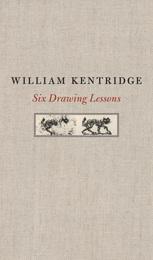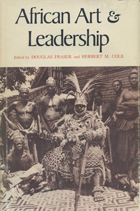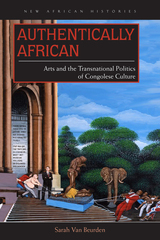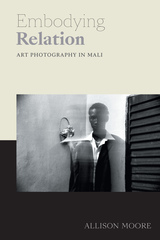Imagination without Borders: Feminist Artist Tomiyama Taeko and Social Responsibility
University of Michigan Press, 2010
Paper: 978-1-929280-63-6 | Cloth: 978-1-929280-62-9 | eISBN: 978-0-472-90162-3
Library of Congress Classification N7359.T65I43 2010
Dewey Decimal Classification 709.2
Paper: 978-1-929280-63-6 | Cloth: 978-1-929280-62-9 | eISBN: 978-0-472-90162-3
Library of Congress Classification N7359.T65I43 2010
Dewey Decimal Classification 709.2
ABOUT THIS BOOK | AUTHOR BIOGRAPHY | REVIEWS | TOC | REQUEST ACCESSIBLE FILE
ABOUT THIS BOOK
Tomiyama Taeko, a Japanese visual artist born in 1921, is changing the way World War II is remembered in Japan, Asia, and the world. Her work deals with complicated moral and emotional issues of empire and war responsibility that cannot be summed up in simple slogans, which makes it compelling for more than just its considerable beauty.
Japanese today are still grappling with the effects of World War II, and, largely because of the inconsistent and ambivalent actions of the government, they are widely seen as resistant to accepting responsibility for their nation’s violent actions against others during the decades of colonialism and war. Yet some individuals, such as Tomiyama, have produced nuanced and reflective commentaries on those experiences, and on the difficulty of disentangling herself from the priorities of the nation despite her lifelong political dissent. Tomiyama’s sophisticated visual commentary on Japan’s history—and on the global history in which Asia is embedded—provides a compelling guide through the difficult terrain of modern historical remembrance, in a distinctively Japanese voice.
See other books on: 1921- | Japan | Moral and ethical aspects | Social Responsibility | Themes, motives
See other titles from University of Michigan Press
